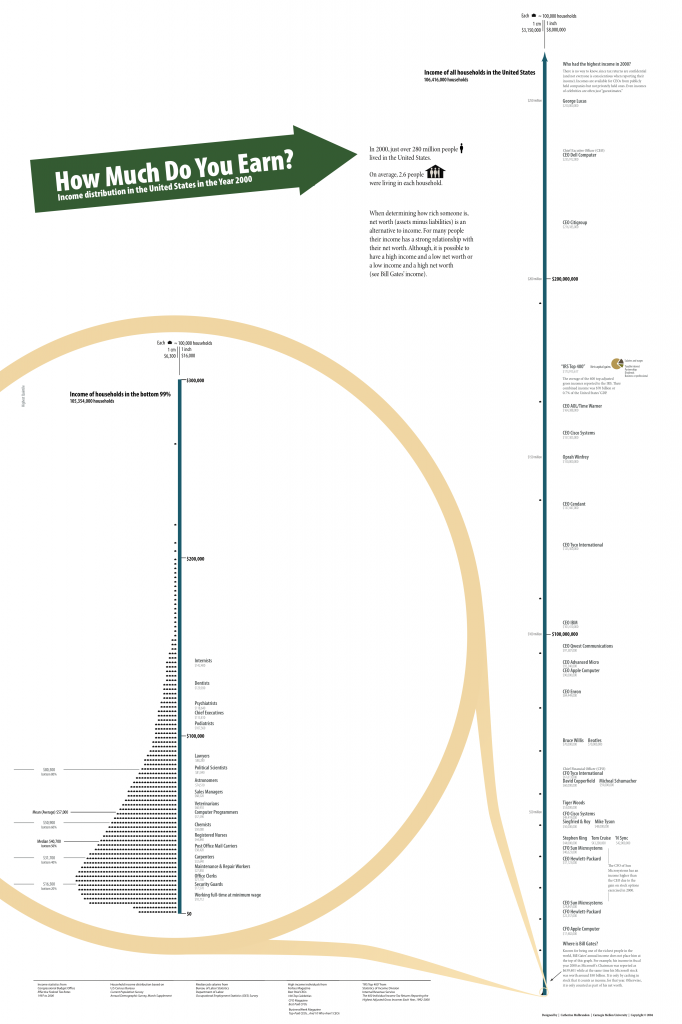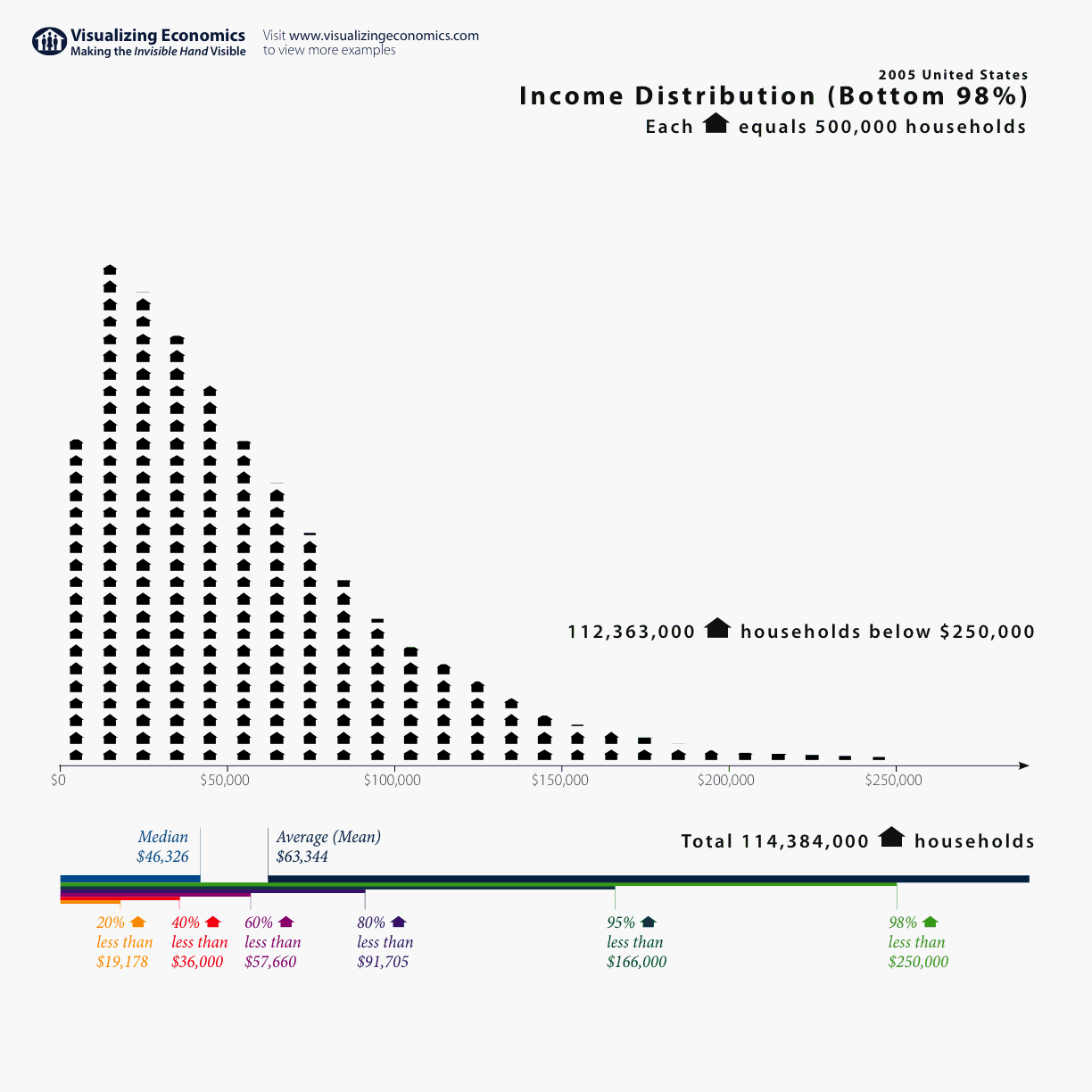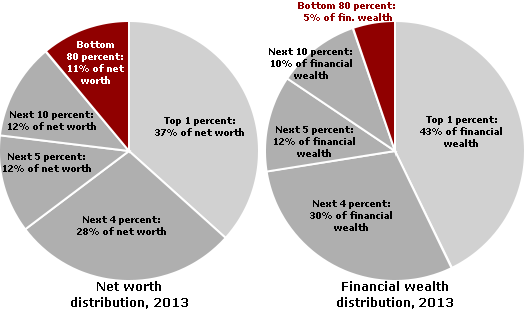This is not going to be one of my favorite articles because
I really hate to criticize organized labor at a time when the institution seems
to be under attack by so many. Organized labor is the only way that most
working class people will ever have a strong voice in the negotiation for pay,
benefits and work conditions. Organized labor is democracy in the workplace and
whether it is perfect or not it is the best we have at the moment.
I know a lot of working class people who really dislike the
labor organization that represents them and it isn’t difficult to understand
why. Organized labor has its roots in the social justice movement but
frequently fails to seek social justice for anyone outside of its tier one
membership.
I have never been a member of a labor union, but my wife is
a member. Let me be very clear that she is tier two labor; she is a part-time,
low-wage, minimal benefits employee in a grocery store where she has worked for
eight, going on nine, years. She has NEVER felt that her labor union
represented her or cared about her. She has LITERALLY been told by her union
representative that if she wants the hours, pay, and benefits that are in her
union contract terms to be fully enforced she needs to “fight” for her hours
and “fight” for a full-time position.
Half of the members of her union are part-time employees
like my wife, they are all tier two and they know it. The store where my wife
works has far more than half of its employees part-time. You might think that
part-time employees exist because the employer is a tough negotiator, but I am
thinking there is another reason.
The union contract is being renegotiated and they will be
voting on it tomorrow. I went through the changes with my wife this afternoon
and it was quickly apparent to me that the part-time employees were being
tossed under the bus to maintain pay and benefits for the full-time employees.
This phrase caught my eye, “scheduling opportunities for
part-time employees to maximize hours”. But what does it mean? It means that
part-time employees will have to accept changes that exploit them so that
full-time employees will be able to keep their stable paycheck. Part-time
employees with seniority will see their work weeks reduced from 32 hours to 28
hours and their work days reduced from 8 hours to 6 hours so that full-time
employees can get regular 40 hours weeks with 8 hours days.
Maybe we need to revisit what capitalism is to understand
the problem with tier one vs. tier two employees? Capitalism is the social,
political and economic system that elevates some to the top (Latin caput) by exploiting others who sink further
toward the bottom. That is what maximizing the use of part-time employees does
for full-time employees! It makes the part-time employee the servant of the
full-time employee and the system where some exist to be servants to others is
call conservatism.
I’m just saying … maybe it isn't her employer that is
negotiating away my wife’s hours for its benefit, maybe it is her labor union
leadership that is negotiating it away for the benefit of tier one members.
They need to conclude this contract by the end of the month
so that the provisions of so-called Right to Work laws will not affect the
contract. If this contract is not approved by the end of the month, a great
many tier two union members will not feel inclined to pay for their union
membership. They know they are not being represented and that they are being
exploited for the benefit of tier one members.
It’s all about tier one!










